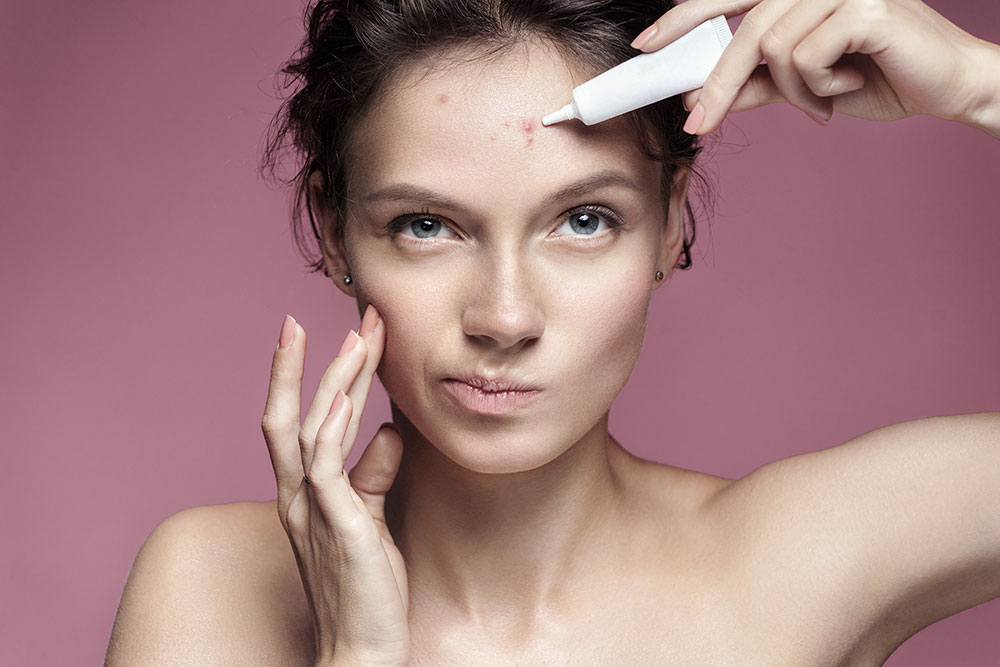Acne is a very common (nearly 80% of the adolescent population) human multifactorial disease of the sebaceous glands and hair follicles characterized by hyperseborrhea and a abnormal keratinisation of the infundibulum leading to retention of both keratin and sebum. The modifications of the environmeantal conditions favour the the proliferation of a resident bacteria Cutibacterium acnes which in turn activates inflammation of the skin. Acne predominates in skin area rich of sebaceous glands (the face, the upper back and the chest area). Acne is characterized by two types of lesions: retentional lesions (comedons (open or closed), microkysts or nodular kysts) and inflammatory lesions with red papules, pustules, and sometimes inflammatory nodules. Acne is classified according the GEA scale from 0 (no lesion) to 5 (very severe).

While acne may not be life threatening, the psychological implications of acne, such as loss of confidence, ridicule from peers, depression, social difficulty and decreased potential to gain employment dramatically affect the quality of life in the sufferers. Moreover, scars and pigmentation are often described with acne leading to esthetic disabilities.
From 30 years, in the mature market, the treatment of acne was to act either on the amount of sebum secreted and/or on the reduction of bacterial density and/or the inflammation reaction in the pilosebaceous gland.
Currently, topical anti-acne treatments, consisting primarily of retinoids and antibiotics. However, a major limitation to topical retinoid use is its poor tolerability, teratogenicity and to antibiotics is microbial resistance. The acne market lacks efficacious topical retinoid treatments without side effects and resistance. As a result, we believe that the introduction of a novel topical treatment for acne could establish a new safe and effective product to further address and expand the acne market.
